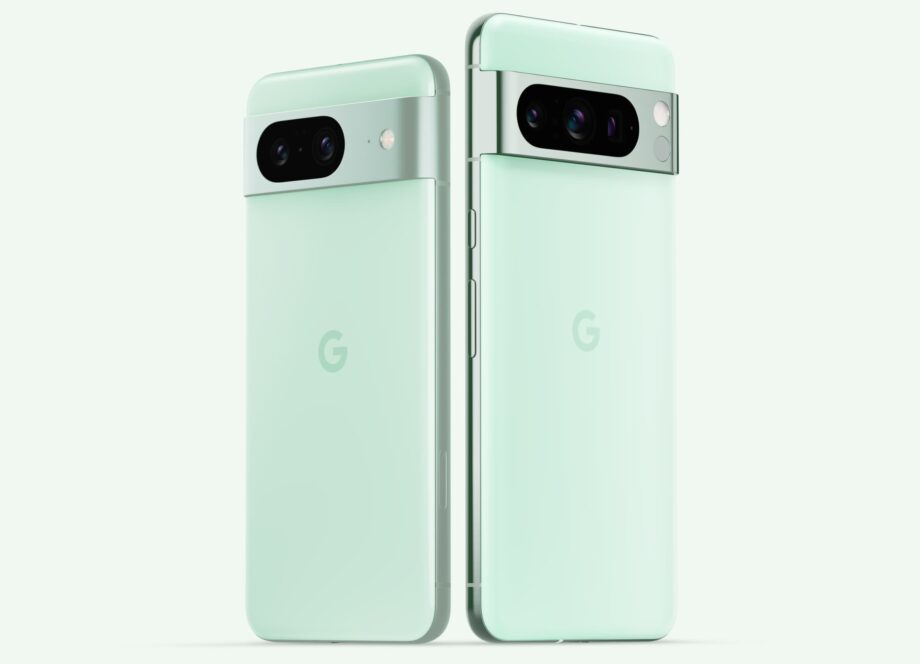Pixel 9 Pro “XL” reports would be great news for compact phone lovers

OPINION: Two Pixel 9 Pro models, with the same cameras and different display sizes, would be a massive win for smartphone lovers who prefer good things to come in small packages.
Google may be planning to expand the flagship Pixel smartphone line with a third size option in time for the Pixel 9 range this autumn. According to new leaks, the larger of the Pixel 9 devices will be called a Pixel 9 Pro XL and will come with a 6.5-inch display.
Get a free £100 Currys gift card with this Google Pixel 8 deal
Get the Google Pixel 8 for just £49 upfront and £19.99 a month on a 24-month contract. Powered by ID Mobile, included is 500GB of data and unlimited calls and texts.
Until 09/04/24, you can even get a £100 Currys gift voucher thrown in for free.
- Mobiles.co.uk
- £49 upfront
- £19.99 a month for 24 months
According to a 91 Mobiles/OnLeaks report, the Pixel 9 Pro will be 6.1-inches, while a standard Pixel 9’s display will be a tiny bit smaller at 6.03-inches. Maybe due to larger bezels or something, rather than an smaller phone?
Ironically, if this comes to fruition, the Pixel 9 Pro XL will actually be smaller than the existing Pixel 8 Pro, which is 6.7-inches. That would make the Pro flagships similar to Apple’s handling, with two Pro options of different sizes – iPhone Pro and Pro Max.
All in all, this actually sounds like bigger deal for people who prefer smaller phones, rather than those seeking an XL flagship. The report says each Pro model will have a triple camera system, meaning you’ll hopefully be able to get the best camera technology Google has to offer in a more pocket-friendly model.
Last year, if you wanted the best camera, the Pixel 8 Pro was the only way to go. That meant a 6.7-inch display. Both phones had the same 50-megapixel main camera, but the Pro had a 48-megapixel ultrawide camera, compared with the 12-megapixel ultrawide on the standard Pixel 8.
The Pixel 8 Pro also had a 30x Super Res Zoom lens, which users AI to ensure images of faraway subjects are clear and crisp. Pixel 8 users had to make do with an 8x version of the same tech.
Of course, the computational, back-end aspect of Google’s cameras phones is a great leveller, but none of this was great news if you’d have actually preferred the 6.2-inch phone, which matched the Pixel 8 Pro’s power thanks to the Tensor G3 processor.
Indeed, Beyond the display sizes and cameras, the only other trade-off between the two phones was the thermometer on the Pixel 8 Pro. That only recently became worthwhile anyway, when Google revealed its body temp feature had been approved for use in the United States.
Of course, you did save £100 by opting for the Pixel 8 standard edition, but why should smartphone users even have carry a slab around in their pockets just to get the best cameras?
Should Google follow through by offering the same cameras in both purported Pro phones, as well as the same experience elsewhere with the display tech, battery life and processing power, it’ll be a noted step forward for Android phones.
Display size matters to people. I hear it all the time when I talk to people. They’ll often prioritise the word “small” when telling me what they want in a smartphone. Not tech nerds like us who are true enthusiasts, of course, but every day folks who tend to just upgrade to the newest model on their contract every couple of years. They’ve been upsized by default.
Just because you choose a 55-inch OLED TV over an 80-inch OLED screen, it doesn’t mean you get less in the way of features, does it? Google’s reported move would democratise display sizes in much the same way. Let’s hope it happens.


